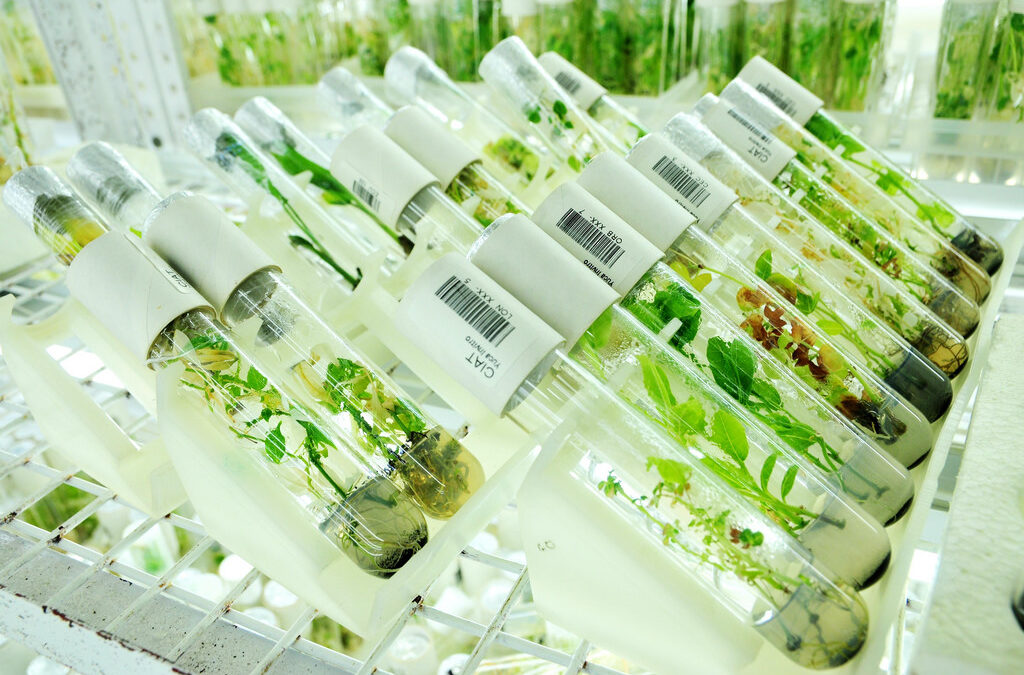As both a product owner and an industry analyst, I am fascinated by how companies achieve breakthrough innovation. Startup methods like agile and lean have taught us to run experiments. And more of us are realising the importance of involving frontline employees in the transformation process — after all, they are a rich source of ideas since they face customers and new competitors every day.
But iterative, participatory innovation comes with a steep learning curve. We go from a well-orchestrated product pipeline (or at least the illusion of one) to a million little ideas, loosely coupled at best.
It is no wonder that, when confronted with the complexity, many leaders snap back to hackathons, innovation offsites, and standalone digital teams. These contained efforts put on a good show but rarely result in a structural change to business models and organisations.
Avoiding Innovation Theatre
When you involve a broader group in agile innovation, the twin goals are to generate creativity from the apparent chaos and avoid entropy. This ensures that experiments are more successful in the moment and more sustainable over time.
Eric Reiss and others do a fine job explaining the importance of a sound hypothesis and validated learnings. But it strikes me that there is significantly less coverage on creating the right human conditions for radical experimentation. The more time that I spend with teams, the more convinced I am that an essential pre-condition for breakthrough ideas is:
Creating a safe space for freedom of thought and action.
The absence of fear unlocks our creativity. In his study of sugar cane farmers in rural India, Harvard economist Sendhi Mullainathan demonstrated that the cognitive cost of poverty — or more accurately the stress and anxiety that being poor induces — can be as high as 10 IQ points.
Do members of your teams underperform due to similar stress? Or do you create the right emotional conditions to yield fresh perspectives and positive team output? Google’s Project Aristotle tells us that the number one predictor of an effective team is psychological safety.
How to test for psychological safety
Former Google engineer John Looney and contributor to Project Aristotle offers five statements to test for psychological safety on teams. To what degree do your team members agree with the following?
- If I take a chance, and screw up, it will be held against me.
- Our team has a strong sense of culture that can be hard for new people to join.
- My team is slow to offer help to people who are struggling.
- Using my unique skills and talents come second to the objectives of the team.
- It’s uncomfortable to have open honest conversations about our team’s sensitive issues.
Not only are these questions easy enough for anyone to answer — under the veil of anonymity of course — but you can also aggregate the results for a ‘hard’ look at a soft problem. This quantitative approach is enhanced through individual and group conversations on what safety means to the team.
Building safe spaces
If your analysis shows room for improvement, it is time for the challenging work of building safe spaces. When designing, remember a few core principles.
- Start with curiosity. Burtzoorg, the Dutch home nursing organisation, uses a process called “Intervisie” to help its community nurses to solve problems. These peer coaching sessions defy the conventional approach of giving advice. Instead, during the process, team members can ask only open-ended questions – helping their colleague to dig deeper into the issue, see the problem in a new light, and discover his or her own solutions.
- Set aside time to free people from the day-to-day. Common org structures like skunkworks and innovation units only involve a subset of employees, but there are plenty of ways in which the whole workforce can contribute to innovation. One obvious area is freeing up capacity specifically for innovation. The UK’s Government Digital Service achieves this with planned ‘firebreaks’ – times of fewer top-down commitments – scheduled in between the intense project sprints that occur throughout the year.
- Bring the outside in. Involving customers, suppliers, and innovative start-ups in solving your ‘wicked problems’ is a great way to neutralise internal turf wars. Methods like co-creation workshops and future search, the latter embraced by IKEA, provide a structure for translating external inputs into new products and features.
- Keep the HiPPOS out. So often, experiments are derailed by the Highest Paid Person’s Opinion – a nasty byproduct of top-down decision making. In contrast, safe spaces allow ideas to emerge from employees ‘further down’ the org chart. Management techniques like Hidden Heroes decouple the idea from the author so that people can assess its value based on an objective framework, as opposed to the level of experience or authority of the person suggesting the idea.
The role of social technologies
When it comes to creating safe spaces, it is natural to think in physical terms. But do not forget the role that digital workplace tools can play. When used properly, these technologies create a sustaining effect, particularly when they encourage learning communities and communicate the results of successful experiments.
Social technologies are also a great way to measure your progress towards creating psychological safety. Research from LSE’s Katsuhiko Yoshikawa shows that people who trust their firm are more likely to share knowledge on online platforms.
And more broadly, these tools throw off the data that allow you to connect the human investment and business performance, as in the case of Allianz’s Inclusive Meritocracy index. This important step will help to avoid the appearance of mollycoddling and to bring the deserved level of attention to such an important but often hidden innovation requirement.
How are you designing safe spaces for radical experiments? We are building out our knowledge base of case studies and techniques, and we would love to include your successes. If you have a story to share, please reach out to us at info@postshift.com.

